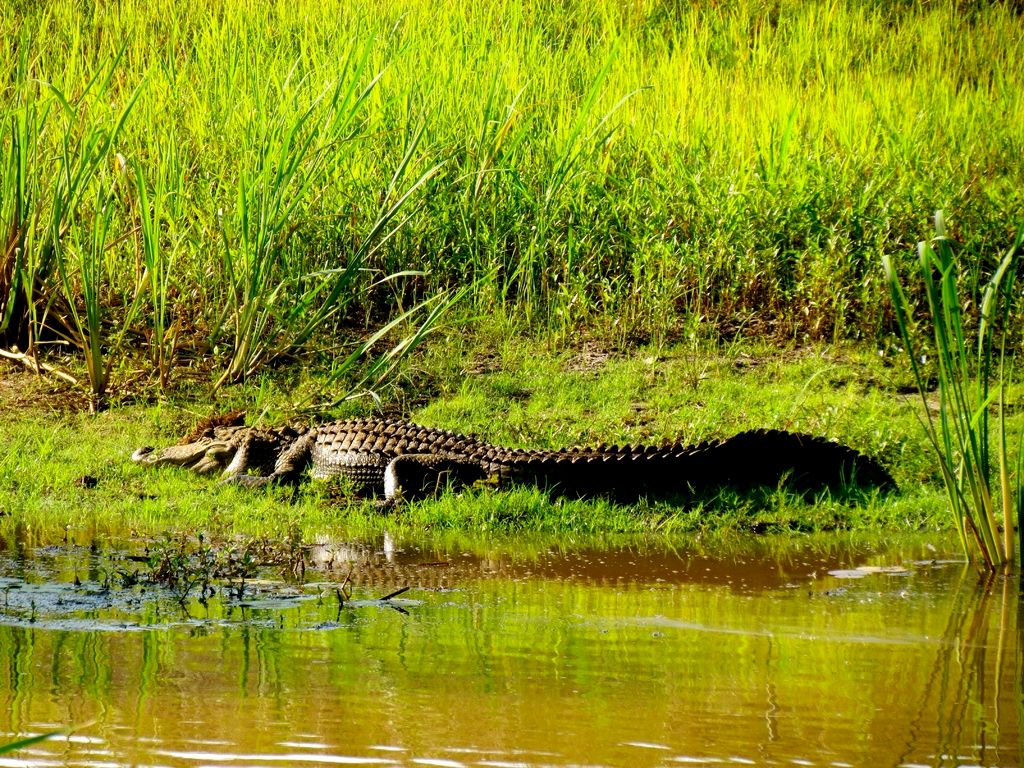Sustaining Our Planet: The Future of Conservation Biology
Forward-Thinking Strategies in Biodiversity Preservation: Advancements and Technological Breakthroughs
Conservation biology plays a pivotal role in preserving our planet's life-supporting systems amidst escalating threats like habitat loss and climate change. The stakes have never been higher, requiring innovative strategies and technologies to keep pace with these challenges.
The existing landscape
Traditional approaches to conserving biodiversity are undergoing a transformation, as human presence imprints more significant and lasting impacts on the natural world. Consequently, scientists and policymakers are adopting new methods to tackle these multifaceted problems.
The power of technology
Innovative tools and techniques promise to reshape the field of conservation biology, facilitating the gathering of unprecedented amounts of data and enhancing real-time ecosystem monitoring.
Drones, cameras, and satellites
Advanced tools, such as drones equipped with high-resolution cameras, deliver detailed imagery of habitats, enabling scientists to monitor wildlife populations without disturbing them. Drones can also access difficult terrains, making it simpler to collect valuable information from remote ecosystems.
Camera traps that capture images of animals provide insights into behavioral patterns, while satellite imagery offers comprehensive data on land use, vegetation health, and climate change impacts across vast areas.
AI and Machine Learning
Artificial Intelligence (AI) has the potential to revolutionize the way conservationists analyze complex ecological datasets. Machine learning algorithms can sift through vast quantities of data, uncovering patterns hidden from human researchers, and generating predictions to guide future conservation planning [1].
Remote sensing technologies, coupled with AI, help identify habitats under threat, offering a powerful tool for biodiversity conservation. These advancements empower researchers, policymakers, and local communities to make rational decisions about the future of our planet.
Collective action takes center stage
The future of conservation biology hinges on collaboration. Collaboration among scientists, policymakers, and local communities becomes crucial for the success of conservation initiatives. Consultations with indigenous communities ensure that strategies align with local knowledge and cultural values, inspiring a sense of collective responsibility.
A holistic approach
Understanding biodiversity goes beyond merely counting species. Instead, we must delve into the complex relationships and interactions among organisms to appreciate their impact on ecosystem resilience. Future directions must address these relationships, rather than focusing solely on individual species or habitats. This holistic view encourages the development of effective conservation policies.
Integrating scientific research with community involvement increases the likelihood of successful outcomes, ensuring that conservation efforts resonate with those who depend on the land most [2].
The power of data and intelligence
The promise of big data
By harnessing the power of big data, scientists gain insights into species distributions, population trends, and habitat conditions, guiding more effective and targeted conservation strategies.
Fluctuating population dynamics can be deciphered with innovative technologies like audio recorders that capture wildlife sounds, offering information about species presence and abundance [3].
Climate modeling
Predictive models help visualize potential future scenarios under different climate conditions, informing conservationists about how species may respond to environmental changes. Armed with such insights, they can prioritize their conservation actions more strategically.
AI for decision-making
Machine learning algorithms can fine-tune climate model predictions, adding precision to conservation efforts. Climate-informed breeding programs are emerging to enhance the adaptability of endangered species, identifying those best suited to survive within an ever-changing climate.
Embracing innovation for a sustainable future
Confronting the mounting challenges facing conservation biology demands agility and creativity. Adapting to new technologies and techniques will be paramount in navigating this complex landscape. With continued collaboration and innovative applications of technology, the solutions to protect our planet's biodiversity become increasingly attainable.
Leveraging the synergy between conservation biology and technology opens up a new horizon for future generations. By staying adaptable and leveraging the power of technology, we can work together to stem the tide of biodiversity loss and preserve the planet for years to come.
References
[1] Peterson, S. (2018). Artificial Intelligence & Machine Learning in Biodiversity Research, Monitoring & Conservation. In R. B. Primack, B. R. Snyder, & M. Villanueva (Eds.), Relating Global Challenges to the future of Natural History. Springer International Publishing AG, Switzerland.
[2] Daily, G. C., Ehrlich, P. R., & Wilson, E. O. (2000). Biodiversity Consciousness. Natural History, 109(3), 18-25.
[3] Hatchwell, B. J., Lopez, P. A., & Jamieson, P. J. (2014). Review of sound-surveying techniques for bioacoustic monitoring of terrestrial species: Determining the level of accuracy, effects of noise pollution and usability. Canadian Field-Naturalist, 128(2), 136-146.
- In the realm of conservation biology, scientific research plays a crucial role in preserving life-supporting systems threatened by climate change and habitat loss.
- As traditional methods evolve, technology is transforming the way we approach biodiversity conservation.
- Drones, cameras, and satellites are innovative tools that deliver detailed wildlife and habitat imagery, enabling non-disruptive monitoring and analysis.
- Machine learning algorithms, AI, and remote sensing technologies are powerful aids in uncovering hidden ecological patterns and offering real-time ecosystem monitoring.
- Collaboration among scientists, policymakers, and local communities is essential for the success of conservation initiatives, ensuring strategies align with local knowledge and cultural values.
- Integrating scientific research with community involvement increases the likelihood of successful conservation outcomes, resonating with those who depend on the land most.
- By harnessing big data, scientists can decipher species distributions, population trends, and habitat conditions, guiding effective conservation strategies.
- Innovative technologies like audio recorders capture wildlife sounds, providing information about species presence and abundance.
- Climate modeling visualizes potential future scenarios under different climate conditions, helping prioritize conservation actions more strategically.
- Machine learning algorithms can fine-tune climate model predictions, enhancing the adaptability of endangered species when faced with a changing climate, all with the goal of preserving the planet's biodiversity.








